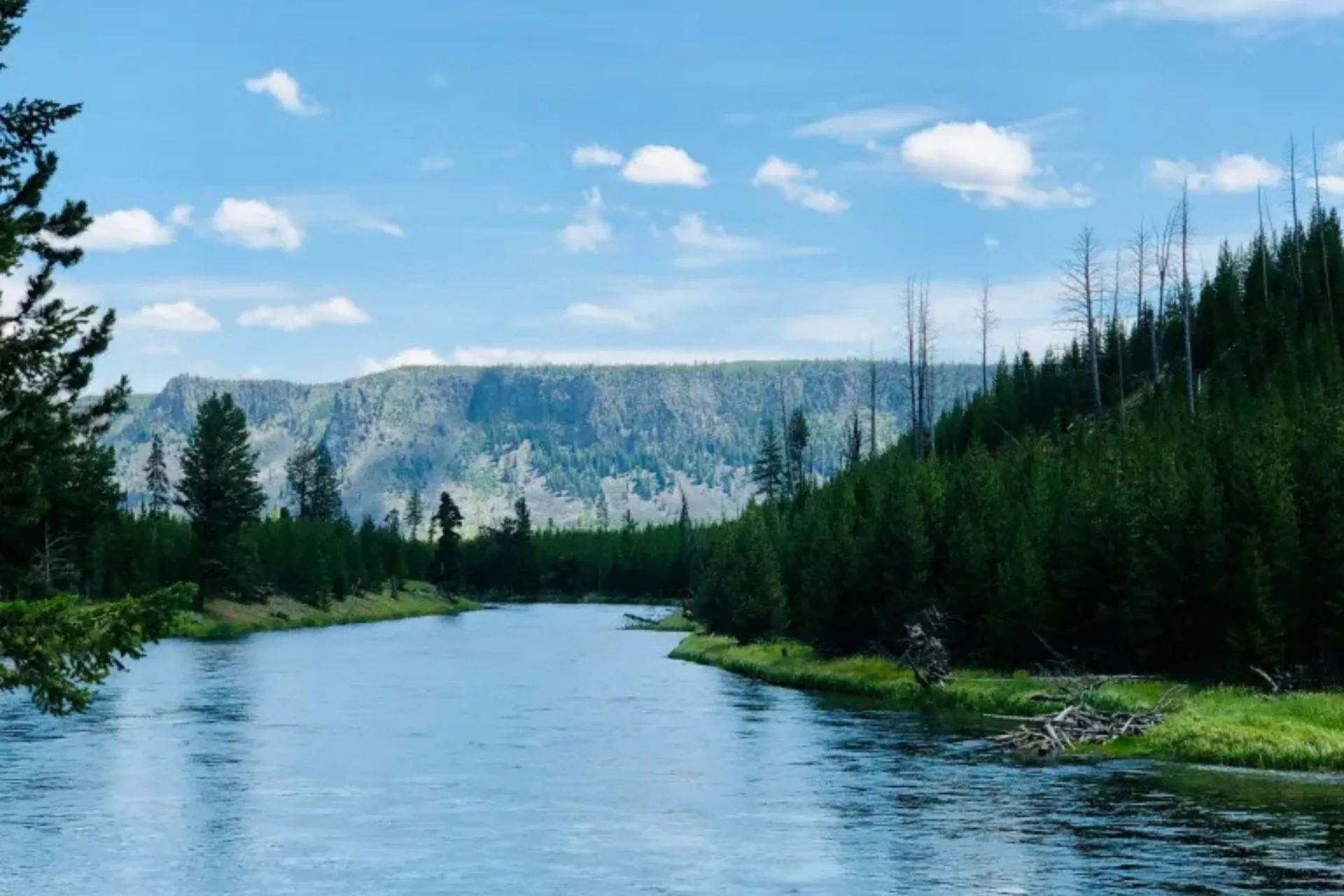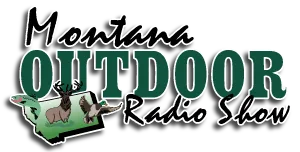The following report is by Call of the Creek:
Stream Conditions & Weather
October in southwest Montana brings that unmistakable shift — crisp mornings, thin air, and trout sliding into fall patterns before winter sets in. Highs hover in the upper 50s°F, lows drop near freezing, and afternoon winds sweep through the valleys. Water clarity remains excellent across most freestones, while tailwaters hold steady thanks to moderated dam releases.
Flows on the Madison near Ennis are stable around 1,000 cfs, and the Gallatin runs low and clear in its upper stretches. The Big Hole cools fast this time of year, often dipping into the 40s°F by morning. On the Yellowstone, clarity stays good except after brief mountain snowmelt or wind-driven debris.
October marks the brown trout pre-spawn period — fish are aggressive, especially in deeper pools and along undercut banks. Blue-Winged Olives dominate the hatch chart, joined by midges and the last of the fall caddis. Cloudy days are gold for surface action, while bright, clear afternoons push trout to deeper seams.
Key Waters to Watch
Madison River (Ennis to Quake Lake)
The Madison in October is streamer country. Brown trout move upstream toward spawning gravel, and big patterns like olive sculpins, black zonkers, and articulated streamers draw reaction strikes. Fish low and slow through deeper bends and undercut edges. Flows stay steady through the month, and crowds thin dramatically after the first frost — the ideal setup for solitude and big fish.
Gallatin River (Big Sky to Manhattan)
The Gallatin runs cold and clear under a canopy of yellow aspens. Wading is excellent through most of October, and pressure remains light. Small mayflies and midges dominate mid-morning to early afternoon. Use long leaders (9–12 ft) with 6X tippet for delicate dry presentations. Euro nymphing in deeper slots produces consistent results with zebra midges and tungsten pheasant tails.
Yellowstone River (Livingston to Big Timber)
The Yellowstone remains one of the West’s last great freestones. Fall flows settle around 2,000 cfs near Livingston. Cloudy days bring strong BWO hatches; trout feed in softer water near banks and tailouts. When the light goes flat, streamers in olive, rust, and white become the ticket. Focus on structure and depth — this is big, broad water that rewards patience and precision.
Big Hole River (Melrose to Twin Bridges)
Cool nights push temperatures into the mid-40s°F, and trout concentrate in deeper pools. The Big Hole’s browns become aggressive as pre-spawn energy builds. Swing small leeches and buggers through slower runs, or dead-drift stonefly nymphs tight to the bottom. Midday hatches can still surprise you with clusters of BWOs or midges under overcast skies.
Jefferson River (Twin Bridges to Whitehall)
Often overlooked, the Jefferson offers solitude and strong brown trout through October. The confluence-fed flow stays around 600 cfs, ideal for wade fishing and light drift boats. Target transition zones where riffles taper into deeper runs. Streamers and attractor nymphs are consistent producers. When temperatures dip below 40°F, the bite narrows to late morning and early afternoon.
Fly Patterns & Tactics
Montana’s October fishing is a mix of stealth and aggression — slow presentations for wary rainbows, bold moves for pre-spawn browns.
Dry Flies: #18–22 Blue-Winged Olives, Parachute Adams, Sprout Midges. Use fine tippet (6X) and dead-drift on slow seams during low light.
Nymphs: #18–22 Zebra Midges, Pheasant Tails, Perdigons, and Two-Bit Hookers. Focus on transitions between riffles and soft water.
Streamers: #6–10 Woolly Buggers, Mini Dungeons, Sparkle Minnows, and Circus Peanuts. Fish deep with slow retrieves or swing through tailouts.
Tactics: Adjust depth often. Fish move vertically with changing light and temperature. Keep drifts natural and movements subtle. When in doubt, slow down and lengthen your leader. October is about refinement, not repetition.
Rules & Reminders
- A valid Montana fishing license is required. Check current regulations on fwpg.mt.gov before your trip.
- Many rivers enter spawning closure zones by late October. Respect redds and avoid wading over gravel beds showing paired fish.
- Weather swings can be abrupt — snow squalls or sudden winds can drop air temps by 20°F within minutes.
- Clean gear thoroughly. Montana Fish, Wildlife & Parks continues to emphasize prevention of aquatic invasive species.
- Practice catch and release responsibly. Cold water revives fish fast, but handle with wet hands and minimal air exposure.
Reflections from the Stream
Montana in October is a study in contrasts — frost on the grass, steam rising off a 40-degree river, and the flash of a brown trout turning on a streamer. The crowds are gone, the wind carries that last scent of autumn, and every strike feels earned.
It’s not about numbers now. It’s about rhythm — knowing when to pause between casts, when to wait out the shadow on the water, and when to move on. These rivers have taught generations of anglers to read silence as clearly as current.
For those willing to brave the chill, October is Montana at its purest: fewer words, fewer people, and more river than you can ever cover.



